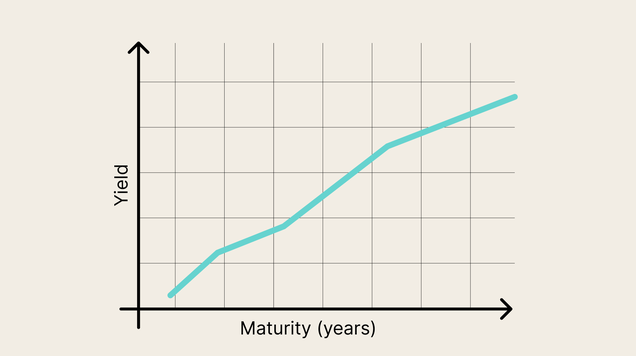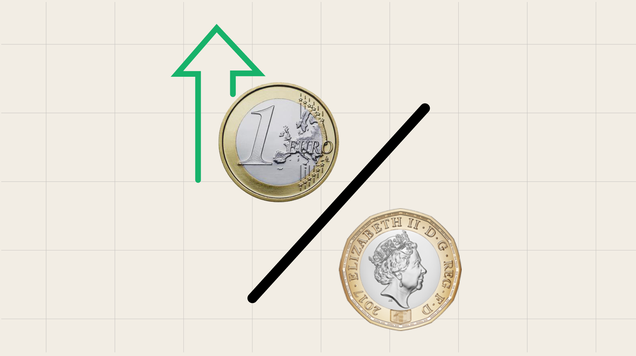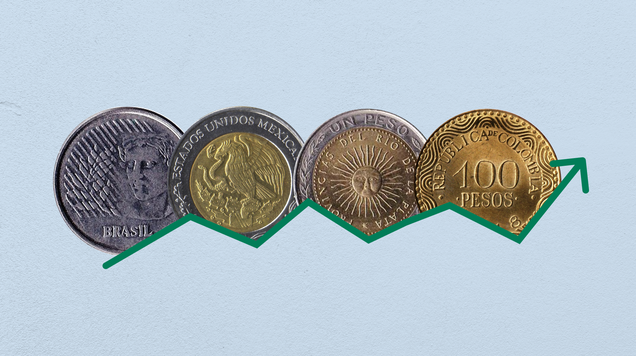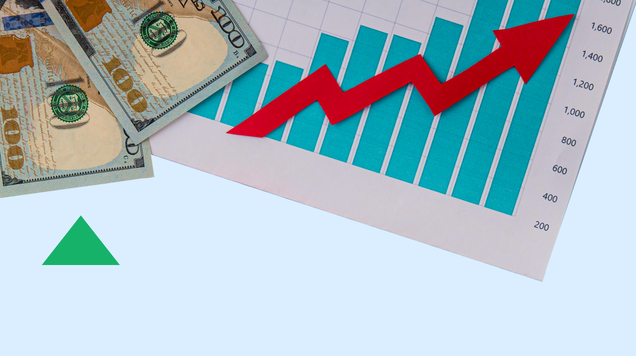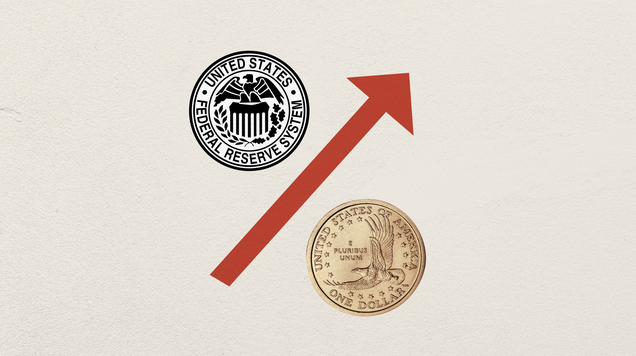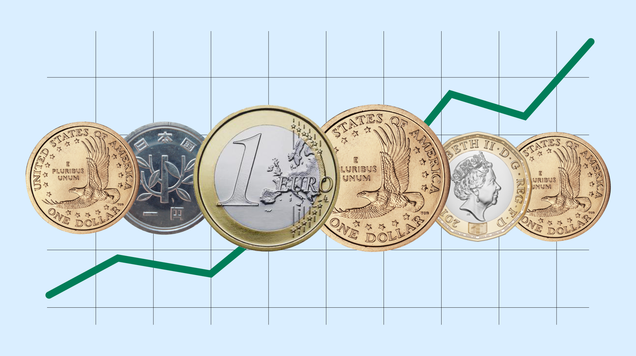How to Protect Your Capital When Trading Global Markets
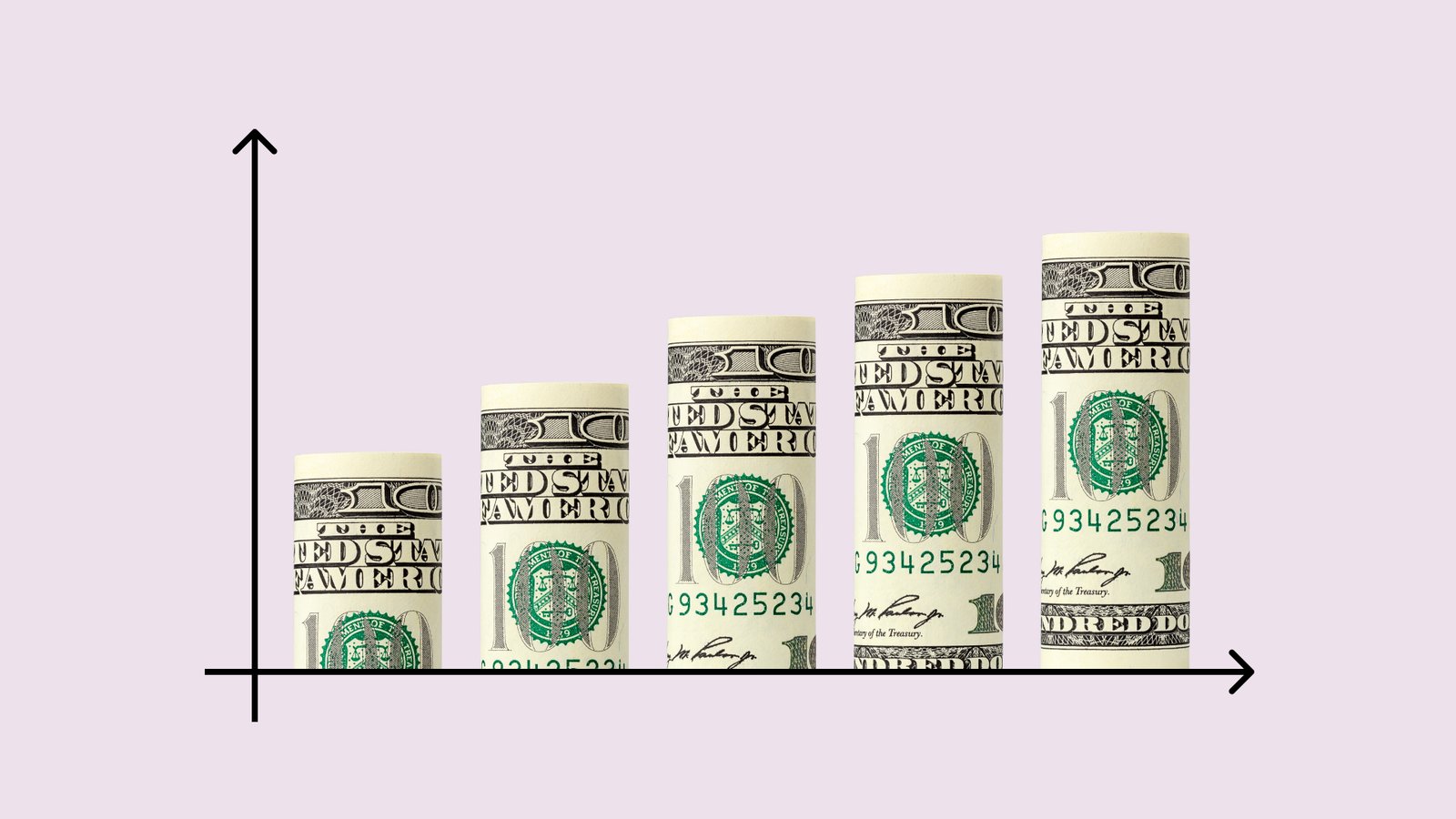
What is risk management?
How to safeguard your trading account
Key tips to help you trade successfully
When trading in global financial markets, risk management is all about recognizing potential losses, evaluating them, and taking proactive steps to mitigate them. It's not just about protecting your funds—it's a critical part of every successful trading strategy.
Traders can often go through periods of consistent gains, entering strong positions and growing their accounts. But all it takes is one bad trade to wipe out all those gains—or worse, the entire account. That’s why it’s essential to follow these risk management tips to stay profitable and protect your capital:
1. Always Use a Stop-Loss Order
There’s a common saying: “Plan your trade and trade your plan.” Stop-loss orders are a core part of any smart capital management strategy. One losing trade should never be able to drain your entire account.
It’s not uncommon for traders to enjoy a winning streak, only to be blindsided by a sudden market shift that leads to major losses. Setting a stop-loss level before you even enter a trade ensures that if things move against you, your account is protected. It also gives you the chance to pivot and possibly reverse your position to align with the new market direction.
Just be sure to set stop-loss levels at logical points—not too close to the entry, not too far. Ideally, place them near support levels if you’re buying, or resistance levels if you’re selling. A well-placed stop-loss acts as an early warning sign that the market is likely reversing, helping you cut losses and make smarter decisions.
2. Lock In Profits with Take-Profit Targets
Just as it's crucial to manage downside risk, it's equally important to secure profits when the market moves in your favor. Set take-profit levels so your trades close automatically when they hit a predetermined profit target.
This approach helps you remove emotion from the equation—there’s no need to constantly monitor the trade or second-guess your decisions. It also ensures your gains don’t evaporate if the market suddenly turns against you.
3. Stick to Sensible Risk Levels
Deciding how much you’re willing to risk on a trade before entering it is one of the golden rules of successful trading. A good rule of thumb: never risk more than 1–2% of your total trading capital on any single trade.
So if your account size is $10,000, your maximum loss on a trade should be no more than $100 to $200. This way, even if you hit a losing streak, your account stays intact—and your emotions stay in check.
4. Diversify Your Trades
You’ve heard it before: “Don’t put all your eggs in one basket.” That applies to trading too. Diversifying your positions across different assets—such as currency pairs, commodities, and stock indices—can help reduce your overall risk.
If one trade goes south, the impact on your entire account will be limited. By spreading your risk, you give yourself a better chance to weather market fluctuations and stay in the game longer.
